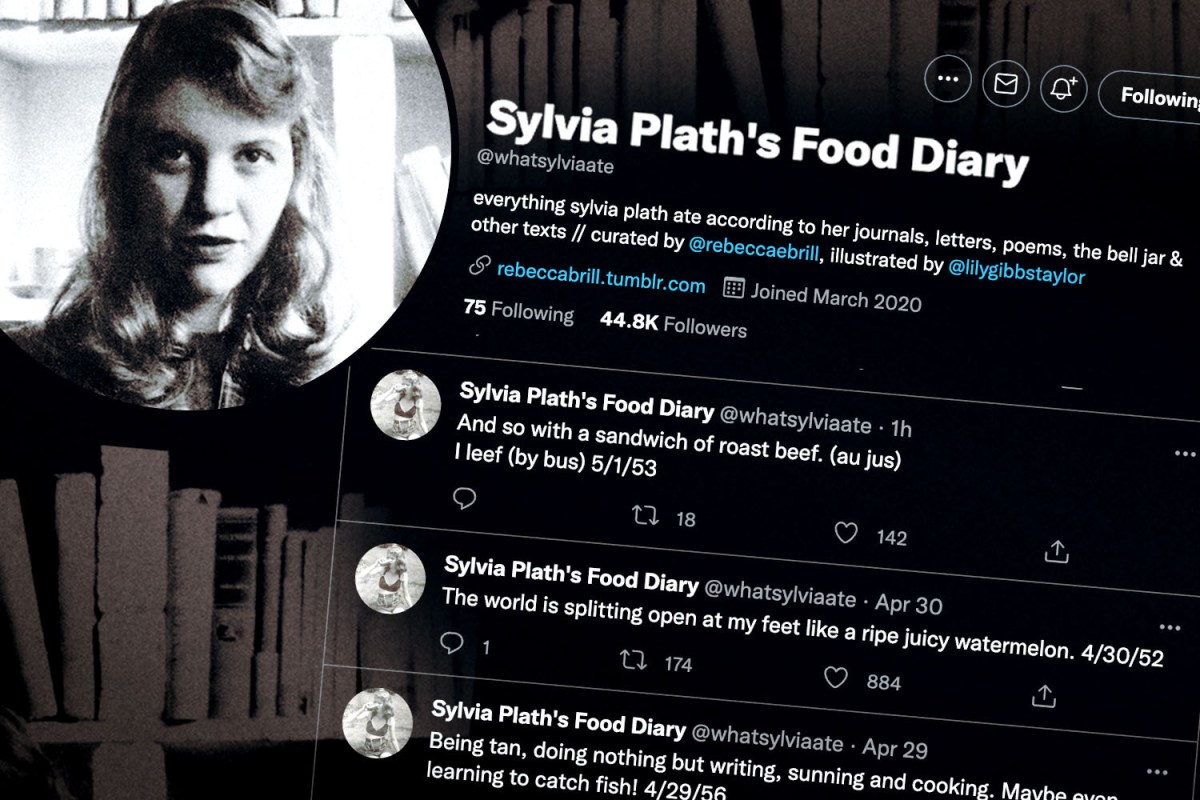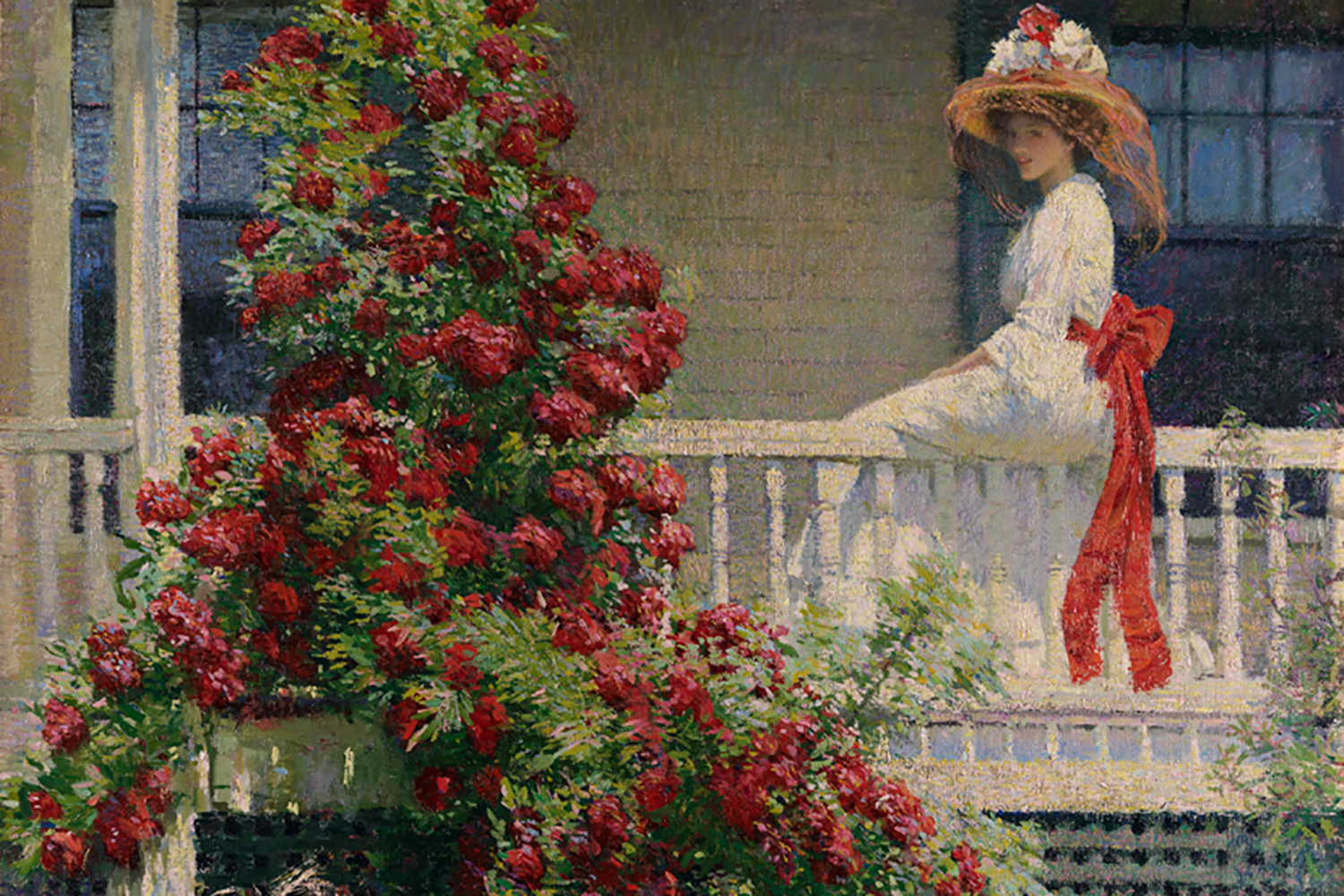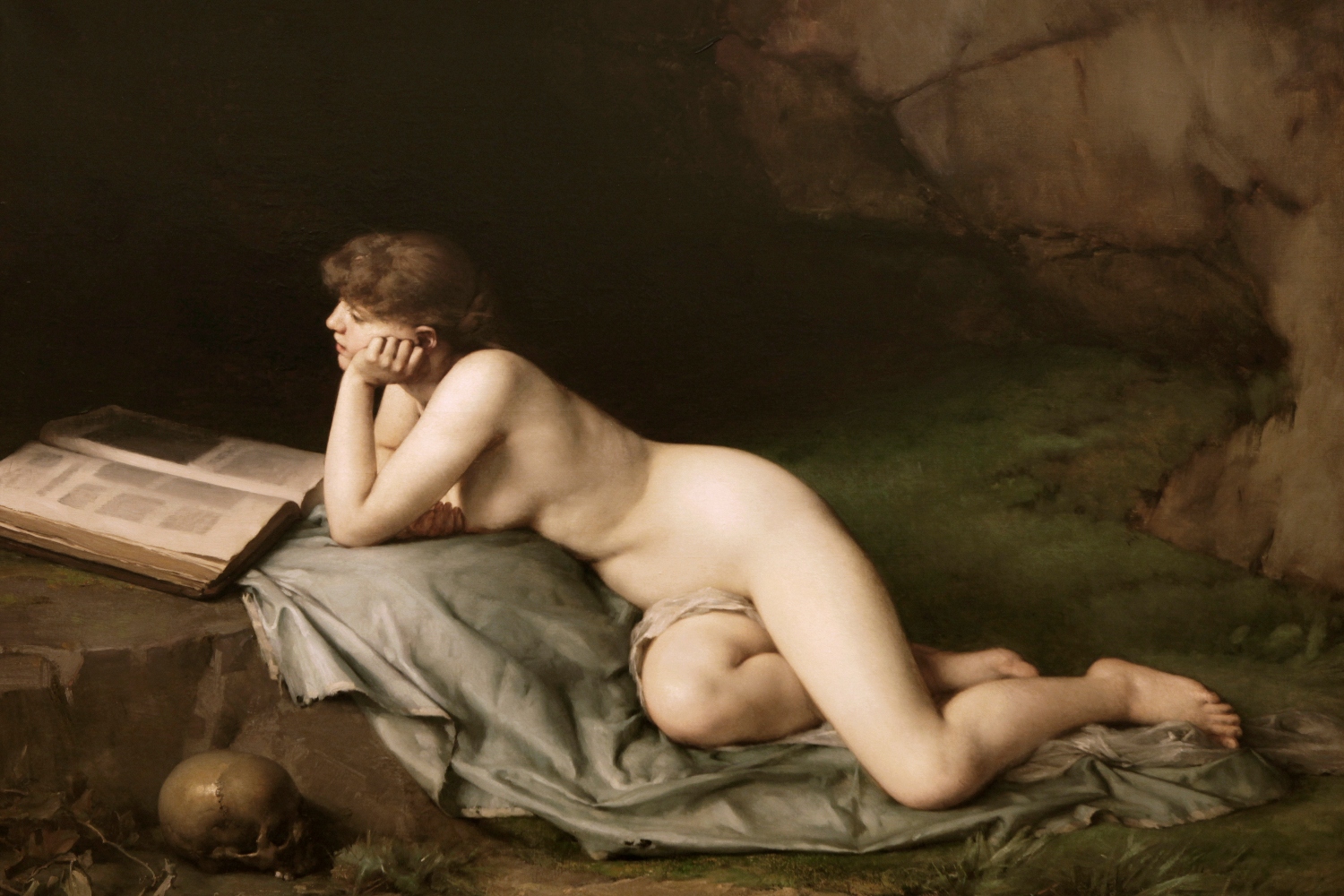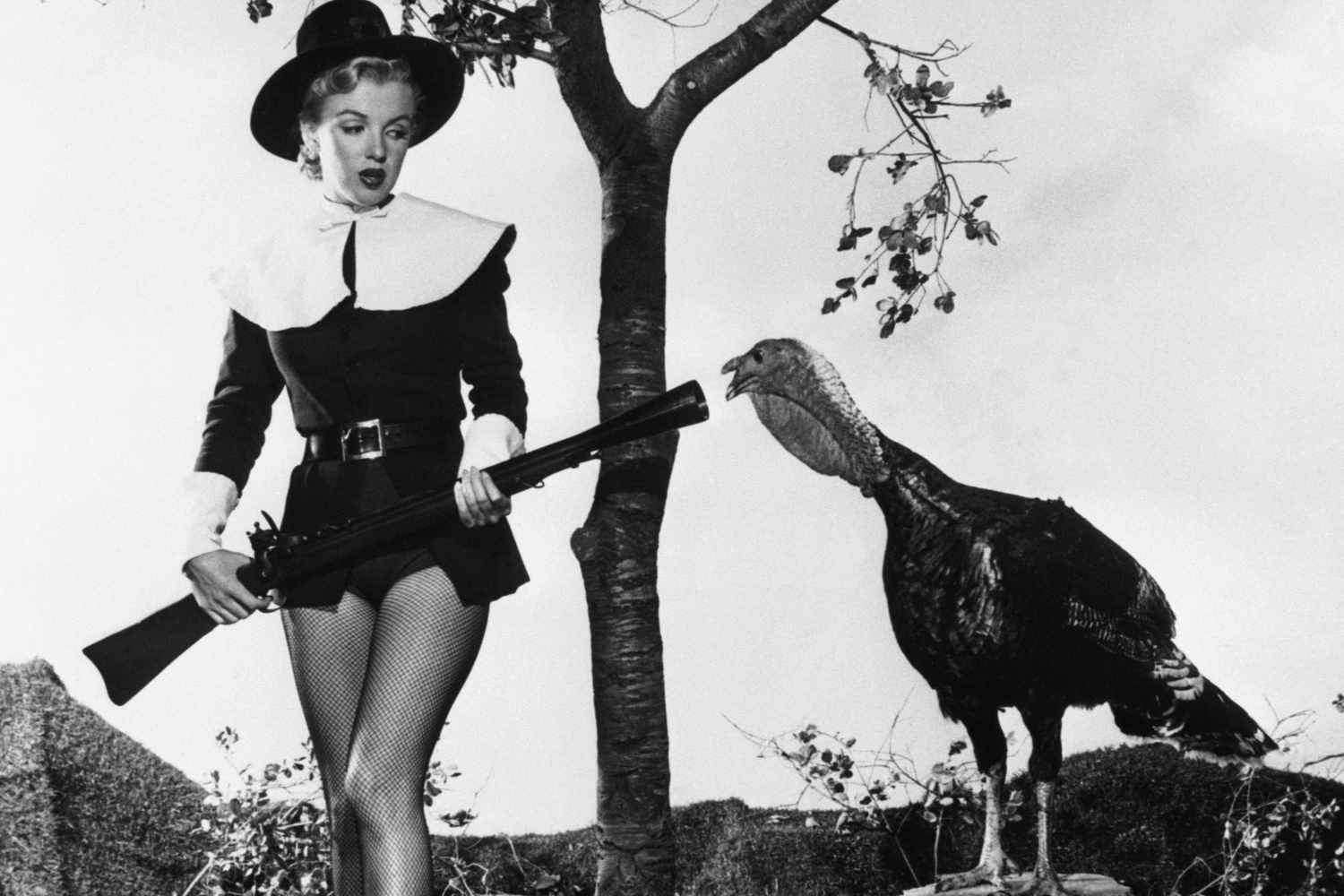If you know nothing else about Sylvia Plath, you probably know how she died. While she remains one of the best known and most beloved American poets, hers is a literary legacy often overshadowed by her death, the mental health struggles that led to it and her troubled marriage to fellow poet Ted Hughes. As readers, or even just members of a general public in which it is hard to avoid being aware of Plath to some degree, we tend to assume she lived as she died: a cold, consistently depressed shell of a woman, a ghost even when she was alive.
This is, in part, because of the transparency and eloquence with which Plath wrote of her experience with mental illness, but also because, as a society, we love our women dead, tragic and beautiful. Given our cultural obsession with beautiful, doomed women, it’s easy to fetishize Plath’s death and the tragic circumstances of her life and mental state that precipitated it. Not unlike Marilyn Monroe, Plath has become a poster girl for a certain genre of sad, troubled womanhood, one characterized by a brand of intellectualized despair embraced by college girls who performatively read The Bell Jar and love Lana del Rey. When we think Sylvia Plath, we think depression and lifelessness.
In a certain increasingly popular corner of Twitter, however, we see a different version of Sylvia Plath, one who revelled in earthly pleasures and relished the opportunity to provide and consume sustenance. Sylvia Plath’s Food Diary, which goes by the handle @whatsylviaate, is an ongoing anthology of every time Plath mentioned food in her writing — which, as it happens, was pretty often. Since March 2020, writer Rebecca Brill has been curating Plath’s “gustatory dispatches” in the form of decontextualized quotations pulled from the poet’s diaries and letters, as well as her published work including short stories, essays, poems and The Bell Jar (Plath’s only published novel). Each week, artist Lily Taylor illustrates a tweet from the account.
Sylvia Plath’s Food Diary sees the artist gushing over “glutinous cheese-curded macaroni,” enjoying “a lovely steak dinner” or “devouring raspberry tarts.” There are some mid-century oddities, to be sure — “white fish paste [with] stewed fruit” or a raw egg dropped into “a teacup of raw hamburger” — and not all of her gastronomic experiences are entirely positive: sometimes she’s suffering through “bad minestrones in Soho” or vomiting up meatloaf. But over all, the result is a delightful, surprisingly soothing and generally joyful portrait of a woman who lived, enjoyed doing so, and embraced the beauty and pleasure of gustatory indulgence.
“Plath really loved food, and I think her love of food encapsulates her zest for life, which is not a thing people often associate with Sylvia Plath,” says Brill, noting that food and cooking featured prominently in Plath’s published work. “For Plath, food was often a source of sheer pleasure.”
Since Brill began the project in 2020, the account has amassed nearly 45,000 followers. While Brill — who is also the mind behind a similar account called Susan Sontag’s Diary — says she “certainly didn’t expect it to take off in the way that it has,” she has some theories as to why Sylvia Plath’s Food Diary has become so popular.
“I think part of the appeal here is the unexpectedness. In popular culture, Plath, because of the morbidity of her poetry and because of her famous suicide, is often conceived of as lifeless and anemic, dead even when she was alive,” Brill says. “Her food writing counteracts that trope and demonstrates this other side of her character that really relished in earthly delights.”
For many casual Plath admirers who have stumbled upon Brill’s account, myself included, Plath’s seemingly uncurbed love of food is perhaps the most surprising part of Sylvia Plath’s Food Diary. In the excerpts Brill tweets, Plath’s odes to food rarely if ever seem encumbered by any of the guilt, shame or self-censure with which we tend to assume women — particularly of Plath’s era — approach food.
This unburdened embrace of consumption contradicts with yet another common misconception about Plath’s life: that in addition to being fundamentally lifeless, joyless and ascetic, Plath was also anorexic. This notion is driven, in part, by the fact that Plath was thin, but also because we tend to assume that all women, especially the sad ones, have eating disorders. The internet remains rife with speculation — or sometimes flat-out assumption — that Plath struggled with an eating disorder. As Jean Fain noted in a 2013 Huffpost article, “legions of eating disordered women” online identify with the poet.
And yet, no compelling evidence suggesting that Plath struggled with disordered eating seems to exist. We know that she gained weight while undergoing insulin treatment following a suicide attempt, was self-conscious about it and later lost the weight. But by and large, Plath’s relationship with food seems to have been one of pure joy. Even when she writes of overindulgence, it is happily: I ate so much I couldn’t manage supper, and left feeling most at home and happy, 3/17/55.
As Plath biographer Elizabeth Winder, author of Pain, Parties, Work, told Fain, “Sylvia Plath simply loved food the way she loved so much of the material world. From her journals, you could tell she loved to eat.” According to Winder, “She didn’t see food as fuel, she saw it as an experience to be enjoyed.”
This is not to suggest that people who have struggled with eating disorders can’t and don’t enjoy food — many of us do and do so immensely — and, of course, there’s always the possibility that Plath did struggle with disordered eating at some point in her life. (Some of us may have found our interest a bit too piqued by a recent out-of-context Food Diary tweet in which Plath writes about “kne[eling] over a toilet bowl and vomit[ing] up cake and ice cream.”) Still, Plath’s experience with food, at least as it appears in her writing, seems refreshingly joyful and unadulterated by the shame and admonishment that still so often mars women’s relationship to eating.
Of course, as Brill noted in an interview with Lula, one has to question whether this revelation of Plath’s hearty appetite would be as well-received if it weren’t coming from a thin woman. “I often wonder if her consumption of large (often ‘fattening’ meals) would be celebrated less if she were not a thin, conventionally attractive, young, white woman,” Brill told the magazine. Still, it’s refreshing to see a woman — particularly one of Plath’s era, and particularly one remembered as a dead girl walking, too acetic and ethereal to be troubled with the joys of the physical world — enjoy food with Plath’s poetic gusto.
In documenting Plath’s zeal for food and cooking, the project also frees the poet from the distressed mid-century housewife stereotype she is so often made to embody. Brill notes that Plath’s writing does, at times, reveal a tension between her art and her domestic obligations: God, must I lose it in cooking scrambled eggs for a man? 1951. But by and large, Plath seems to have enjoyed cooking, turning to it for peace, distraction and pleasure, rather than as an obligation of her domestic shackles.
“Like a lot of woman writers, she regarded cooking as a soothing creative practice, a thing to retreat to when writing was difficult or fraught,” says Brill, adding that Plath’s descriptions of the food she prepared while avoiding writing are often “some of her most vibrant, exciting and strange poems — even if they weren’t conceived of as that.”
For Brill, Plath’s genuine love of consuming and preparing food also helps to reclaim the space of her kitchen: “The oven becomes not a site exclusively of death, but also one of cakes and casseroles, of pies and lamb legs, which is to say, life.”
Through the eyes of Sylvia Plath’s Food Diary, Plath is not just one of our beautiful, tortured dead girls, nor the desperate ’60s housewife killed by the instrument of her oppression. She is a woman who eats and drinks with gusto, sometimes to excess, one who craves and delights in earthly pleasures both simple and extravagant. In short, one who lives.
Join America's Fastest Growing Spirits Newsletter THE SPILL. Unlock all the reviews, recipes and revelry — and get 15% off award-winning La Tierra de Acre Mezcal.























